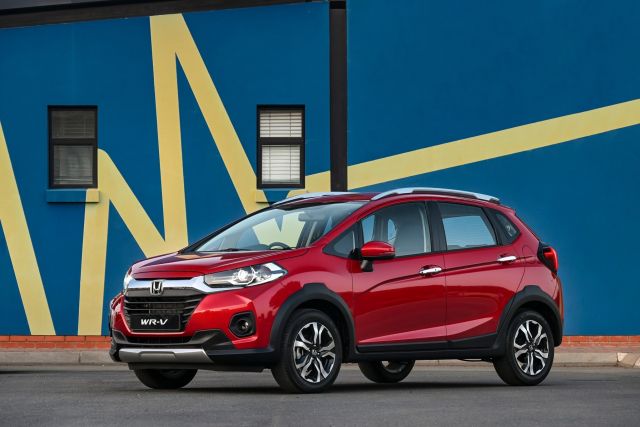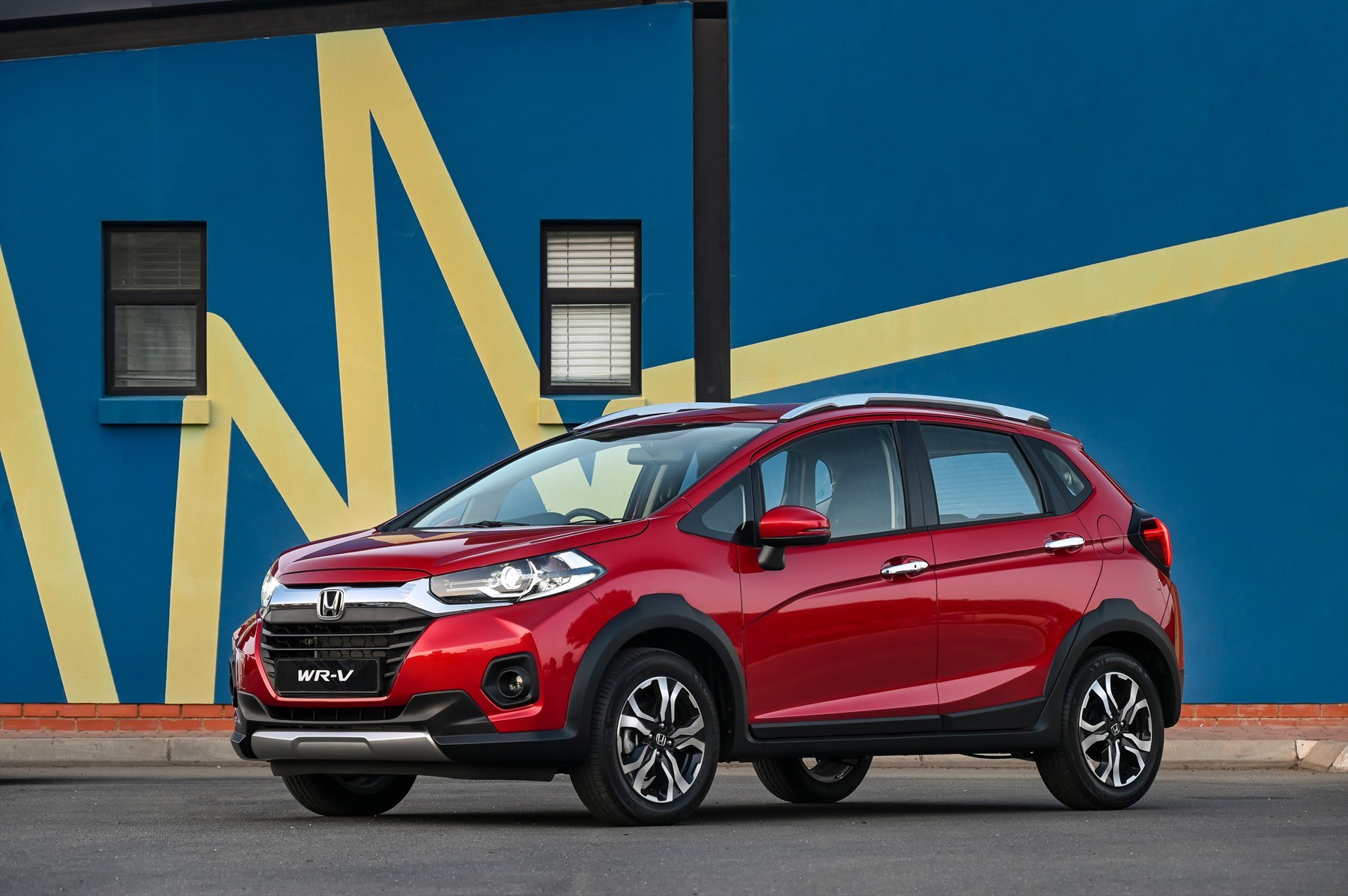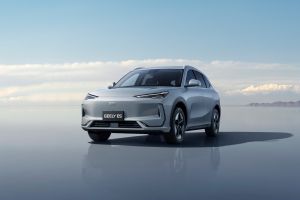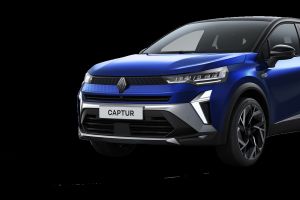
BYD brings affordable PHEV SUV to the market
BYD has added another model to its line-up in South Africa. This time it is the Sealion 5, which slots in below the larger Sealine 6, which is also available locally.
- Product News
- 15 December 2025
Honda has added its own WR-V to the burgeoning crossover SUV segment.

The WR-V (an acronym for Winsome Recreational Vehicle) is based on the Honda Jazz, while it also shares some of its design thinking and tech with the BR-V (for “bold recreational vehicle” if you were wondering).
“The WR-V makes its debut in the entry SUV segment, which is the fastest-growing and most competitive segment of the market,” says Yuishi Fukuda, president of Honda Motor Southern Africa.
Comprising almost 18% of the new passenger car market in South Africa, the entry SUV segment consists of just over 50,000 units a year and has displayed a remarkable 39% growth year-on-year by the end of 2019.
The front-end treatment features a bold headlight design complemented by distinctive LED daytime running lights, which frame Honda's signature wing face. The Elegance model is equipped with LED projector headlamps and LED fog lights over the Comfort model's Halogen Projectors and fog lights.

Resembling the Jazz, the short, wide bonnet's angle seamlessly integrates with the rake of the large windscreen. The rear-end treatment is dominated by the large C-shape LED taillight clusters, a tailgate that opens all the way down to bumper level and rear trim finished in contrasting charcoal. The wide tracks of the WR-V further reflect a rugged attitude typical of an SUV with 16-inch alloy wheels.
Despite its compact dimensions, the WR-V delivers an interior and a generous 363 litres boot that can be increased to 881 litres with the rear seats folded flat.
Inside is soft-touch charcoal-coloured finishes with silver accents. Both models feature a three-spoke multifunction steering wheel with audio controls. The Elegance model gains leather finishes for the gearshift knob and steering wheel.
Shared with the popular Jazz, the instrument panel of the newcomer is intuitive featuring a trio of clear, circular dials with blue backlighting. Both models feature automatic air-conditioning with touch-panel controls as well as front and rear electric windows.
In terms of infotainment, the Comfort model is equipped with a five-inch LCD audio system featuring Bluetooth connectivity for hands-free telephony and audio streaming, USB connectivity and four loudspeakers.
The Elegance adds a neatly incorporated seven-inch touchscreen display audio system featuring Apple CarPlay and Android Auto functionality, including app-based navigation, audio streaming and an upgraded 6-speaker system.
Both models benefit from rear parking sensors, while the Elegance gains an integrated reverse parking camera.
Maximum power from the same 1.2 litre Jazz petrol engine is 66 kW with a peak torque output of 110 Nm. Both models are equipped with a five-speed manual gearbox and are capable of a combined cycle fuel consumption figure of just 6.4 litres/100 km, according to Honda.
The Honda WR-V comes standard with six airbags for both the Comfort and Elegance models.
Competitors include the Citroën C3, Ford EcoSport, Mahindra KUV100 Nxt, Renault Duster/Renault Sandero Stepway, Suzuki Vitara and the VW Polo Vivo Maxx.
The prices (November 2020) are: WR-V 1.2 Comfort MT (R289 900) and the WR-V 1.2 Elegance MT (R319 900).

BYD has added another model to its line-up in South Africa. This time it is the Sealion 5, which slots in below the larger Sealine 6, which is also available locally.

Geely has formally returned to the South African market with the introduction of two new models, the fully electric E5 and the plug-in hybrid E5 EM i.

Renault’s Capture is celebrating its tenth birthday with the launch of a new version. Internationally, over two million Capturs have been sold so far.